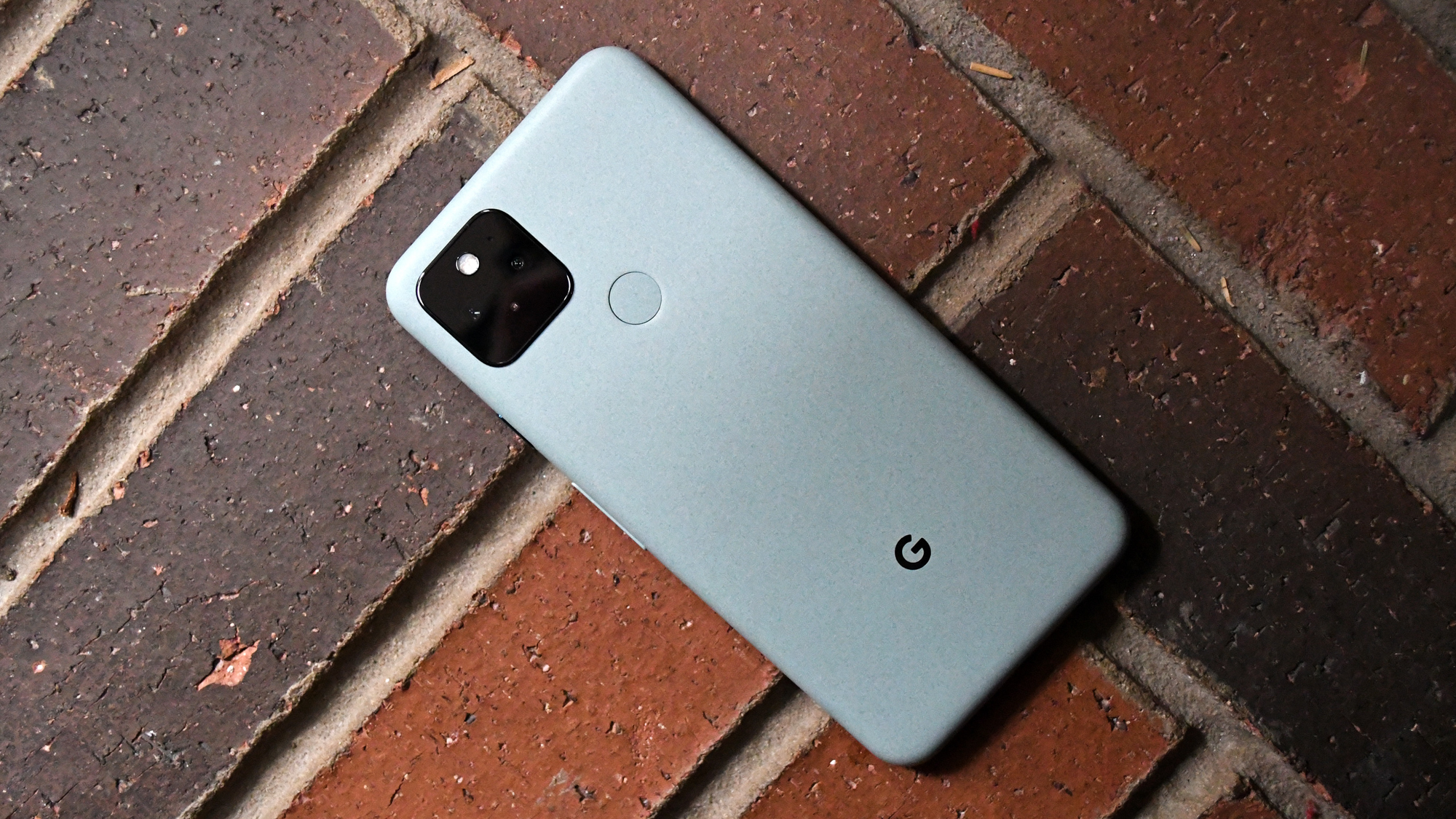Google Pixel 6 will ditch Snapdragon for custom ‘Whitechapel’ chip — here’s the proof
The Google Pixel 6 looks more likely to come with a custom chip rather than Snapdragon silicon

There’s even more evidence that the Google Pixel 6 could ditch the search giant's previous reliance on Qualcomm’s mobile chips in favor of one made in-house.
We first heard about the ‘Whitechapel’ processor last month, and references have just popped up again. According to XDA Developers, a URL reserved for Android engineers references both Whitechapel and the GS101 model name it’s been associated with.
- Everything we know about the Google Pixel 6
- Pixel 5a vs Pixel 4a: The biggest upgrades to expect
- Plus: Apple needs to make this new iMac-inspired MacBook Air 2021
The URL was submitted to the Android Open Source Project (AOSP) as part of a code change. It turns out a team is trying to update the SELinux policy of the OsloFeedback app, which is responsible for the Pixel 4’s Soli radar gestures. Unfortunately the URL itself is not accessible to the public, so we can’t go snooping around for new information.
The message also refers to the P21, which is supposed to be a Google-made device coming later this year. The device likely isn’t the Google Pixel 5a, which is rumored to come with a traditional Snapdragon chipset, and that leaves the Pixel 6 as the most likely candidate.
The message doesn’t give us any specifics on what to expect from the chip, though XDA speculates that the ‘GS’ line likely stands for “Google Silicon." “101” would presumably mark it as the very first one to be produced.
This wouldn’t be the first time Google has leaked information about new features in Android code. Like the time it accidentally revealed the Pixel 4 would have a 90Hz display in the Android 10 source code. While it’s not very enlightening, it does mean we can expect the Pixel 6 to be pretty different to its predecessors, at a silicon level at least.
We’ll just have to wait and see whether Google’s own chips can replicate the success experienced by Apple. Not only do iPhone chips generally perform better than Qualcomm-made counterparts, they formed the basis of the Apple M1 chip that’s now a key part of the latest MacBooks, iMac 2021, and iPad Pro 2021.
Sign up to get the BEST of Tom's Guide direct to your inbox.
Get instant access to breaking news, the hottest reviews, great deals and helpful tips.
Then again Pixel devices haven't always been about killer power, with the Pixel 5 using a mid-range chip rather than the best Qualcomm had to offer at the time. So Google may not be as focussed on power as Apple has been. But building the chips in house means Google can better optimize their performance on its devices, which could lead to better overall performance.
We’ll just have to wait and see what happens, and no doubt we’ll be hearing more as the year progresses.
- More: Google Pixel 6 and Whitechapel — why ditching Qualcomm is a big deal

Tom is the Tom's Guide's UK Phones Editor, tackling the latest smartphone news and vocally expressing his opinions about upcoming features or changes. It's long way from his days as editor of Gizmodo UK, when pretty much everything was on the table. He’s usually found trying to squeeze another giant Lego set onto the shelf, draining very large cups of coffee, or complaining about how terrible his Smart TV is.
